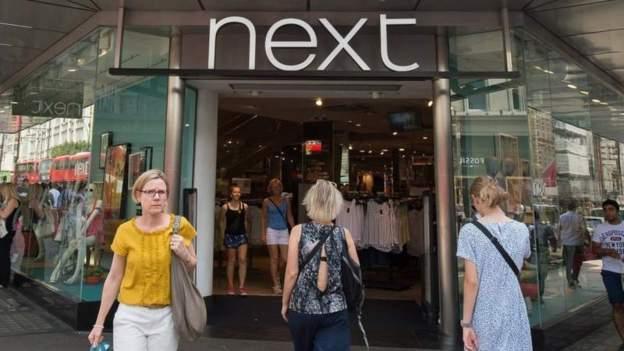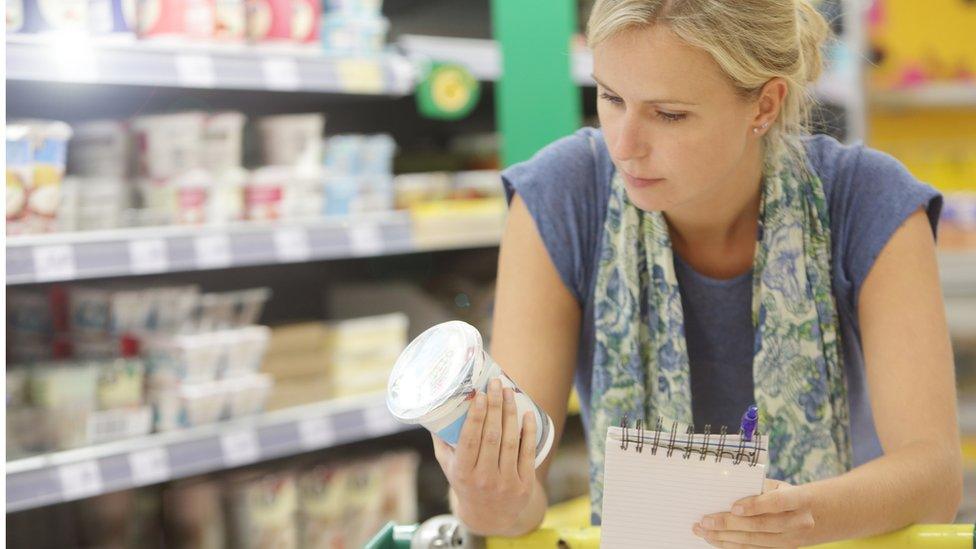Next warns prices to rise by more than expected
- Published
- comments

High street retail giant Next has warned it will need to increase prices even further later this year.
The retailer said prices for homeware items will jump 13% and fashion prices rise 6.5% in the second half of 2022 to average an 8% increase overall.
Clothing prices are already rising, with inflation data showing overall clothing and footwear prices rose 8.8% in the year to February 2022.
The retailer said it still expects to make a £850m profit this year.
Across the UK economy companies have been passing on higher energy, shipping and oil costs to customers, leading to surging prices for everything from tinned tomatoes and Marmite, to used cars and home insurance.
Next had already warned of incoming price rises in January, but it has now increased its estimate of price increases in the second half of the year from 6% to 8%.
It still predicts sales to grow overall - despite the price rises - but not by as much as first thought, which it said was due to the closing of its Ukrainian and Russian websites.
Next's chief executive, Lord Simon Wolfson, told the PA news agency that, given the worsening cost of living crisis, trading could be "subdued" for the rest of the year.
"Over the past 20 years, we've seen that what really matters is what's in people's bank accounts rather than costs," he said.
"In January, when we laid down our outlook, people suggested it could be pessimistic but we thought confidence could be subdued."
The company also flagged that demand could be dented as people spend their disposable incomes elsewhere, with a return to spending on holidays abroad and other social activities.
However, for now, Next said the first three months of the year had seen UK sales "ahead of where we expected them to be" as people headed back to its stores after lockdown and purchased more formal fashion and fewer things for their homes.
Next also reported pre-tax profits of £823m for the year to 31 January, more than double the amount of the previous year and 10% above pre-pandemic levels.
- Published23 March 2022

- Published23 March 2022

- Published6 January 2022
